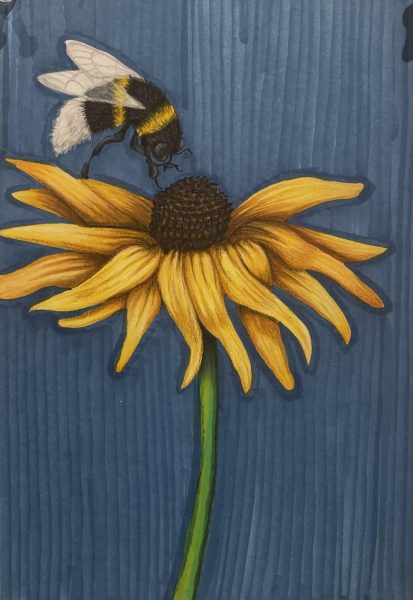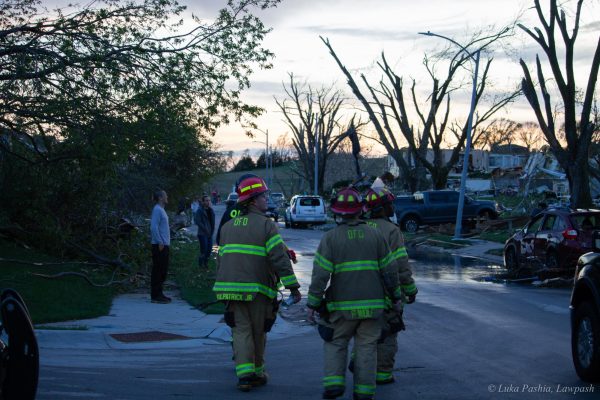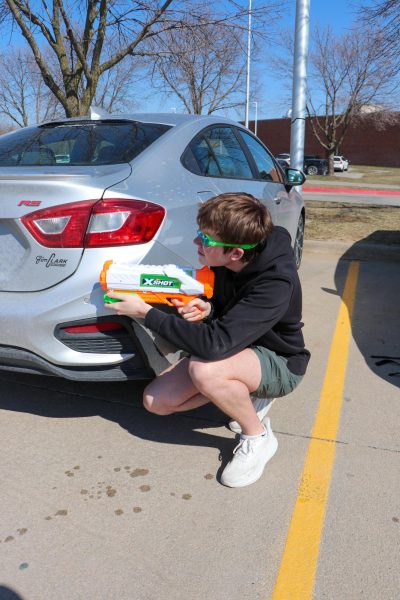Changing seasons, changing moods
Combating seasonal depression as winter approaches
Photo courtesy of Creative Commons
As the winter season nears, a large percentage of teens start to show signs of seasonal depression. It’s important to recognize these feelings and talk to a loved one.
November 10, 2021
Freezing temperatures, chilly winds and gray skies can bring down anyone’s mood. I’ve never been a huge fan of the cold myself. But for millions of Americans, downcast weather does more than bring down their mood momentarily. Seasonal Depression is a valid form of depression and is more common than you may think.
As stated by Mayo Clinic, Seasonal depression is defined as “feelings of prolonged sadness that occur at the same time every year.” With symptoms lasting about four to five months, Seasonal Affective Disorder (SAD) generally takes place during the fall and winter seasons. For those already suffering from depression, Seasonal Affective Disorder can elevate these symptoms. However, many people who don’t necessarily have depression year-round still struggle with SAD.
According to the American Academy of Family Physicians, about 10 million Americans experience Seasonal Affective Disorder each year. The reason these feelings occur is due to a hormone imbalance. On a sunny day, the hormone serotonin is released, triggering feelings of happiness. However, as the amount of sunlight in the winter is significantly less, melatonin is released instead.
Whatever the cause of one’s SAD may be, the symptoms typically don’t vary. Having tiredness, loss of interest in activities and changes in appetite are all signs that you may have SAD. People with a family history of diagnosis of depression or bipolar disorder may be particularly susceptible to SAD. It’s important to recognize if you or a loved one may be developing these symptoms. Seasonal Affective Disorder is just as valid as other forms of depression and needs to be taken seriously.
As difficult as the winter season may feel, there are various strategies that students can employ to help them avoid feeling helpless during these months. Students should try out different methods of battling Seasonal Affective Disorder and see what works best for them.
Although it may seem unimportant, prioritizing social activities is a very effective way to decrease SAD symptoms. Studies have found a relationship between social isolation and depression. Finding creative ways to stay connected with others is extremely important. Students can visit the park with a friend or go on a walk with their family. Joining a club also allows students to socialize. If wintertime darkness or weather prohibits them from socializing in person, there are other ways to keep connected. Facetime a friend or set up a Zoom call with a relative. As stated by the Lancet, spending time with a loved one can decrease SAD symptoms significantly.
A crucial way to decrease SAD symptoms is to exercise. As it does with other forms of depression, moving can help alleviate SAD. Outdoor exercise is an effective way to relieve these symptoms. According to the AAFP, spending time outside has been proven to reduce stress levels and increase brain function. If students are unable to exercise outside due to cold or snowy weather, there are other ways to get moving. They should try using a treadmill, stationary bike or elliptical machine at home or in a gym.
Students should try to soak up as many rays of sunshine as possible. Aside from a large decrease in serotonin, lack of sunlight could lead to Vitamin D deficiencies, which could result in depression and fatigue among other health issues. These can usually be resolved with Vitamin D supplements. Additionally, if you require emotional support, consider speaking to a therapist.
Students should do their best to be resilient and stay busy. They should attend events, stay social and continue participating in activities that lighten their mood.
While the winter season may seem to drag on, it doesn’t last forever. Students should battle the winter season knowing that they’re not alone and there are many resources available to them.

















